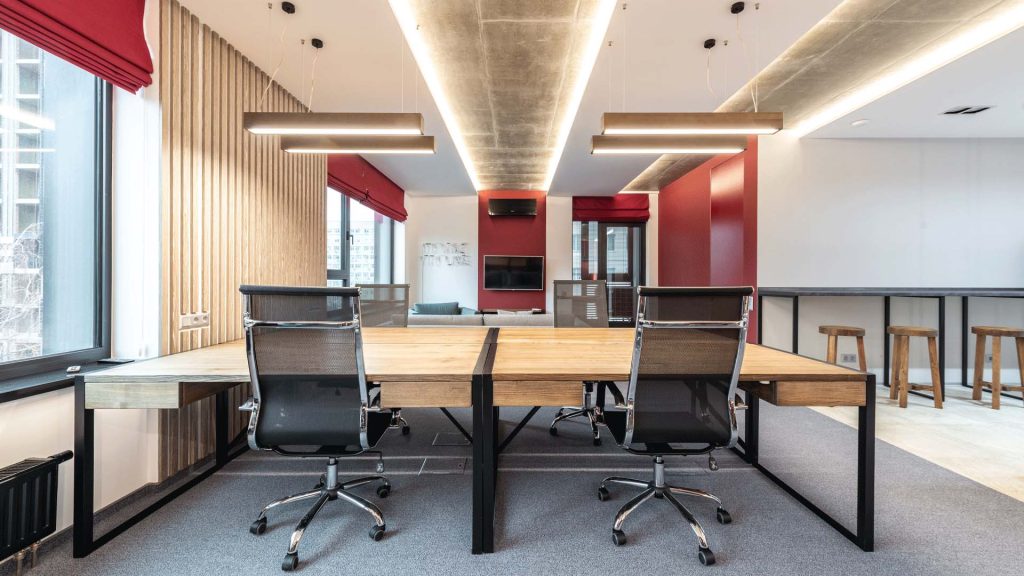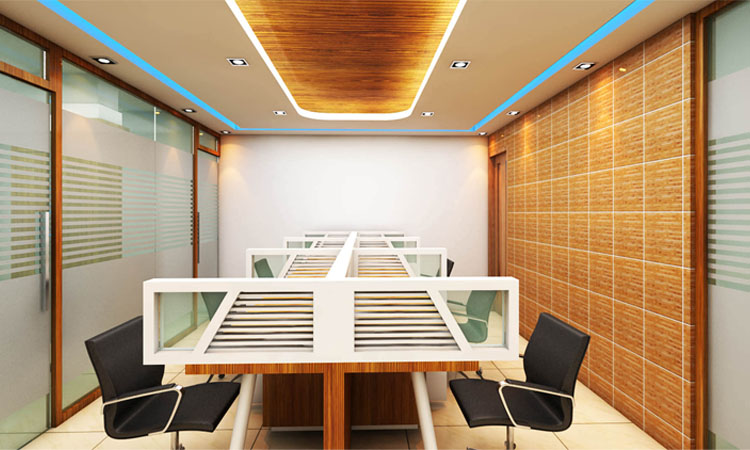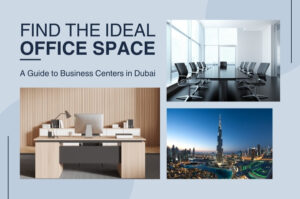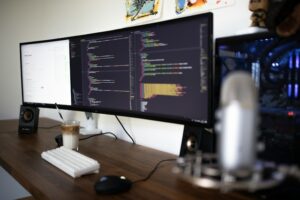
The Managing Director’s (MD) room in any office is more than just an office space; it represents authority, leadership, and the company’s vision. Designing a modern MD room requires careful consideration of functionality, aesthetics, and the representation of corporate values. It is important to design an MD room when you are doing your office interior design. This article explores the essential elements of an MD room design, best practices, current trends, and practical tips to create a sophisticated and functional space that aligns with executive needs.
Essential Elements of MD Room Design

1. Layout and Spatial Planning
The layout of the MD room should prioritize privacy, accessibility, and functionality. Consideration should be given to the size of the room, the placement of furniture, and the flow of movement. A spacious and well-organized layout enhances comfort and facilitates productive meetings and discussions.
2. Furniture Selection
Furniture in the MD room should reflect professionalism and executive comfort. A large, sturdy desk serves as the centerpiece, providing ample workspace for meetings, paperwork, and technology. Comfortable seating options for guests, such as plush chairs or a small sofa, create a welcoming environment for discussions. The MD’s chair should be ergonomic and command attention, emphasizing authority and leadership.
3. Technology Integration
Integrating advanced technology is essential for efficiency and communication within the MD room. This includes a state-of-the-art conference system with video conferencing capabilities, large display screens for presentations, and integrated control systems for lighting and temperature. Seamless connectivity ensures smooth communication with internal teams, clients, and stakeholders.
4. Aesthetics and Branding
The design of the MD room should reflect the company’s brand identity and corporate culture. Use of corporate colors, logo placement, and artwork that aligns with the company’s values enhances brand recognition. High-quality materials, such as wood finishes, leather upholstery, and premium textiles, convey sophistication and professionalism.
5. Privacy and Acoustics
Ensuring privacy and controlling acoustics are critical considerations in MD room design. Soundproofing materials, such as acoustic panels or carpets, minimize noise disruptions from adjacent areas. Privacy features, such as frosted glass partitions or soundproof doors, create a confidential environment for sensitive discussions and meetings.
Current Trends in MD Room Design

1. Minimalist and Functional Design
Modern MD rooms often embrace minimalist design principles that emphasize clean lines, uncluttered spaces, and functional furniture arrangements. Minimalist aesthetics promote a calm and focused atmosphere conducive to decision-making and strategic planning.
2. Wellness-Oriented Features
Incorporating wellness-oriented features into MD room design enhances executive well-being and productivity. This includes ergonomic furniture, biophilic elements such as indoor plants or natural materials, and adjustable lighting systems that support circadian rhythms. Creating a comfortable and health-conscious environment contributes to long-term executive performance.
3. Smart Technology Integration
MD rooms are increasingly equipped with smart technology solutions that enhance operational efficiency and connectivity. This includes IoT-enabled devices for controlling room settings, integrated audiovisual systems for presentations, and remote access capabilities for monitoring and managing office operations. Embracing smart technology streamlines processes and supports agile decision-making.
Best Practices for MD Room Design
- Functional Elegance: Balance functionality with aesthetics to create a sophisticated yet practical workspace.
- Executive Comfort: Prioritize comfort with ergonomic furniture and seating options that support long meetings and discussions.
- Branding Consistency: Maintain consistency with the company’s brand identity through design elements and color schemes.
- Privacy and Security: Ensure confidentiality with robust privacy features and secure access controls for the MD room.
Practical Tips for Optimizing SEO
To optimize this content for SEO:
- Keyword Integration: Use relevant keywords such as “MD room design,” “executive office layout,” and “office interior design tips” naturally throughout the content.
- Meta Description: Craft a compelling meta description that includes the main keyword and entices readers to click.
- Headers and Subheadings: Use headers (H2, H3) to organize content logically and include variations of the main keyword where appropriate.
- Internal and External Links: Include links to authoritative sources on office interior design and related topics to enhance credibility and SEO performance.
- Readability: Ensure the content is easy to read and understand, catering to both visitors and search engines.
Conclusion
Designing a modern MD room requires careful consideration of layout, furniture selection, technology integration, and aesthetics. By prioritizing functionality, executive comfort, and brand representation, businesses can create a sophisticated and functional workspace that supports leadership and decision-making. Incorporating current trends such as minimalist design, wellness-oriented features, and smart technology integration ensures that the MD room not only meets operational needs but also enhances the overall executive experience and corporate image.





